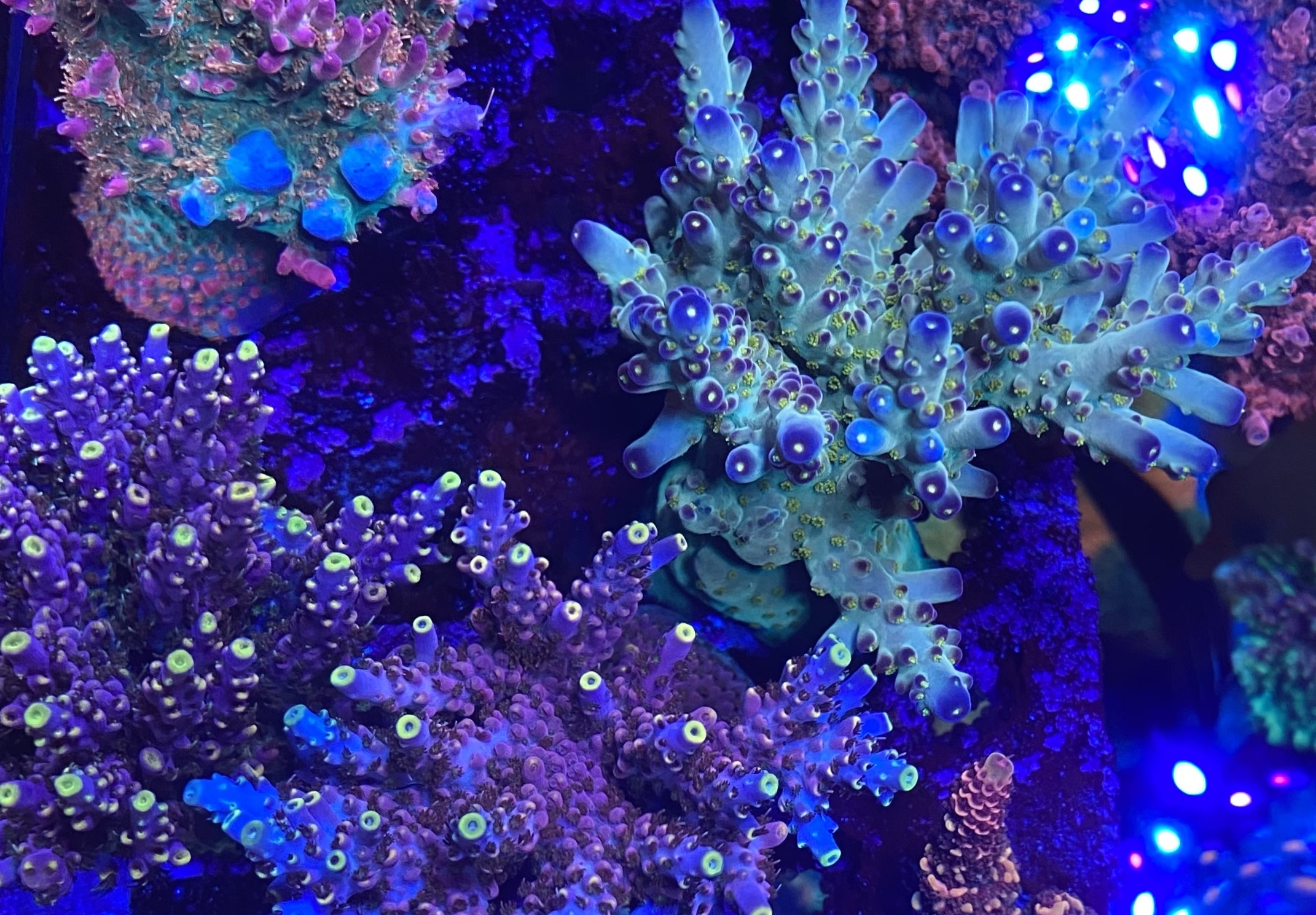There are many aspects of the hobby that for one reason or another are controversial. But one of the few that isn’t is the need to manage the big three: Calcium Alkalinity and Magnesium. That is everyone agrees that it needs to be added and that their levels need to be stable. However, as with so many things just how this should be done stirs debate.
I have two friends that run large aquaculture facilities and one swears that the only way to success is via dosing these chemicals while the other claims that anyone not using a calcium reactor is doomed to failure. I have used both methods successfully and have found that there are pros and cons to both.
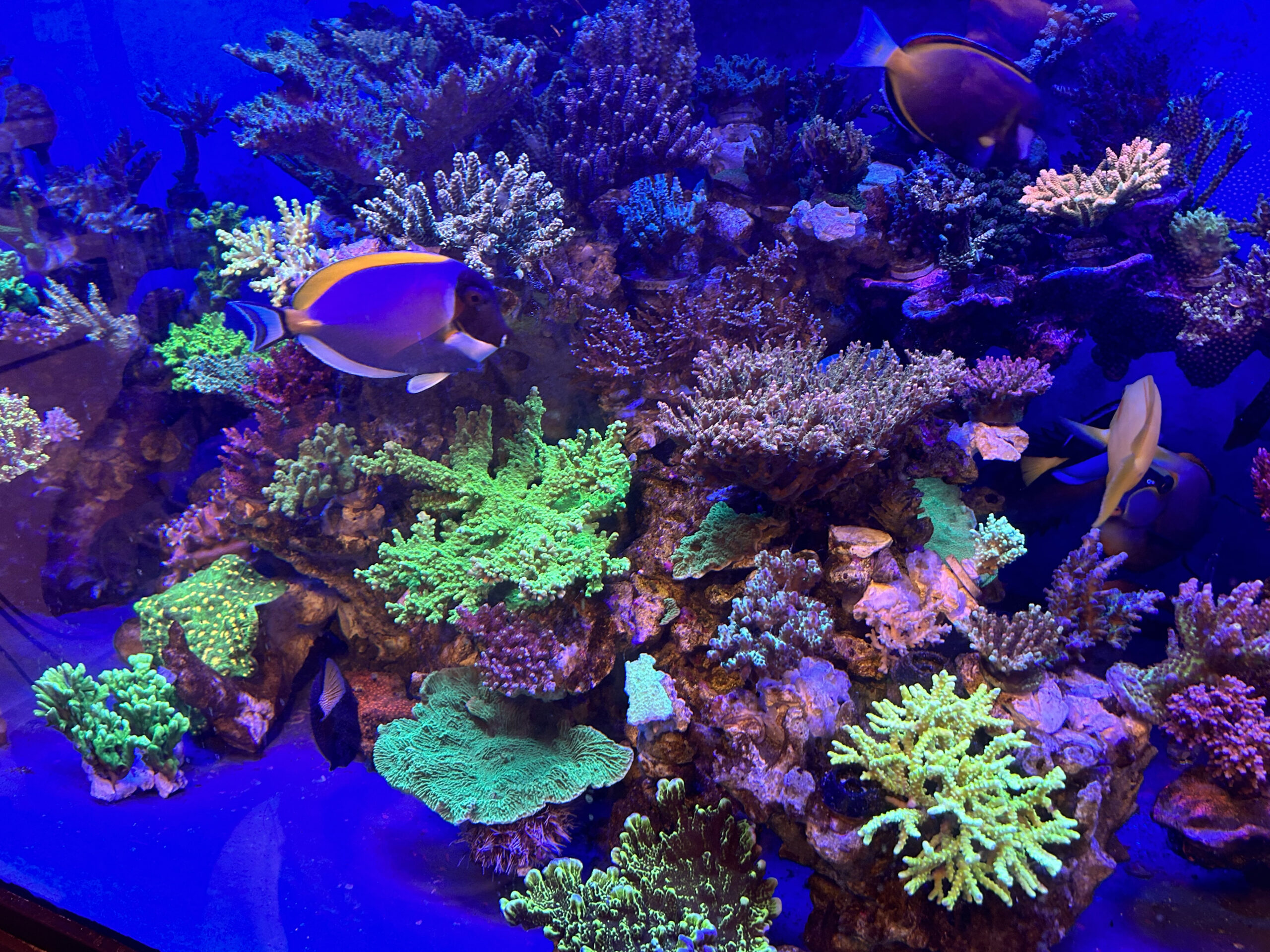
Reefkeeping in the 1980s
In the early 1980’s there was minimal understanding of how important these chemicals and their stability are to the success of a reef tank. It was not until the relationship between alkalinity and calcium was explained in a series by Alf Nilsen in his magazine articles and books that their importance came to be understood.
Initially, we all relied solely on kalkwasser (calcium hydroxide dissolved in water) to provide all the calcium that was needed for our corals. Alkalinity was little understood, and we rarely tested for it. What was even more amazing is that at that time we thought that all of the calcium needed could be met if we simply used this kalkwasser as the replacement water for the water that had evaporated. Never mind that evaporation rates varied by tank and season, we thought that that was all that was necessary.
Looking back, this may have at least in part explained why most people thought sps corals grew extremely slowly and in many instances, failed to thrive. At this time we often tried to have our levels of these compounds be exactly the same as ocean water. However, over time it has been found that for most tanks there are levels where they all do best. These levels are 7.0-9.0 for alkalinity, 400-470 for calcium and 1350-1450 for magnesium.
Today, we not only measure calcium, but we also measure alkalinity and magnesium regularly, as well as many other macro and microelements. For many of us, keeping alkalinity stable and slightly higher than the level in natural seawater has become the standard. This desired level is 7.0-9.5, but there are some individuals that keep it even higher. The key is stability and the ratios between these compounds rather than the absolute level. There are several options for keeping these levels stable with the considerations for each being ease of use, stability, and cost, both to purchase and maintain. In evaluating these options, the goal is to make life as easy as possible, while keeping things as simple as possible.
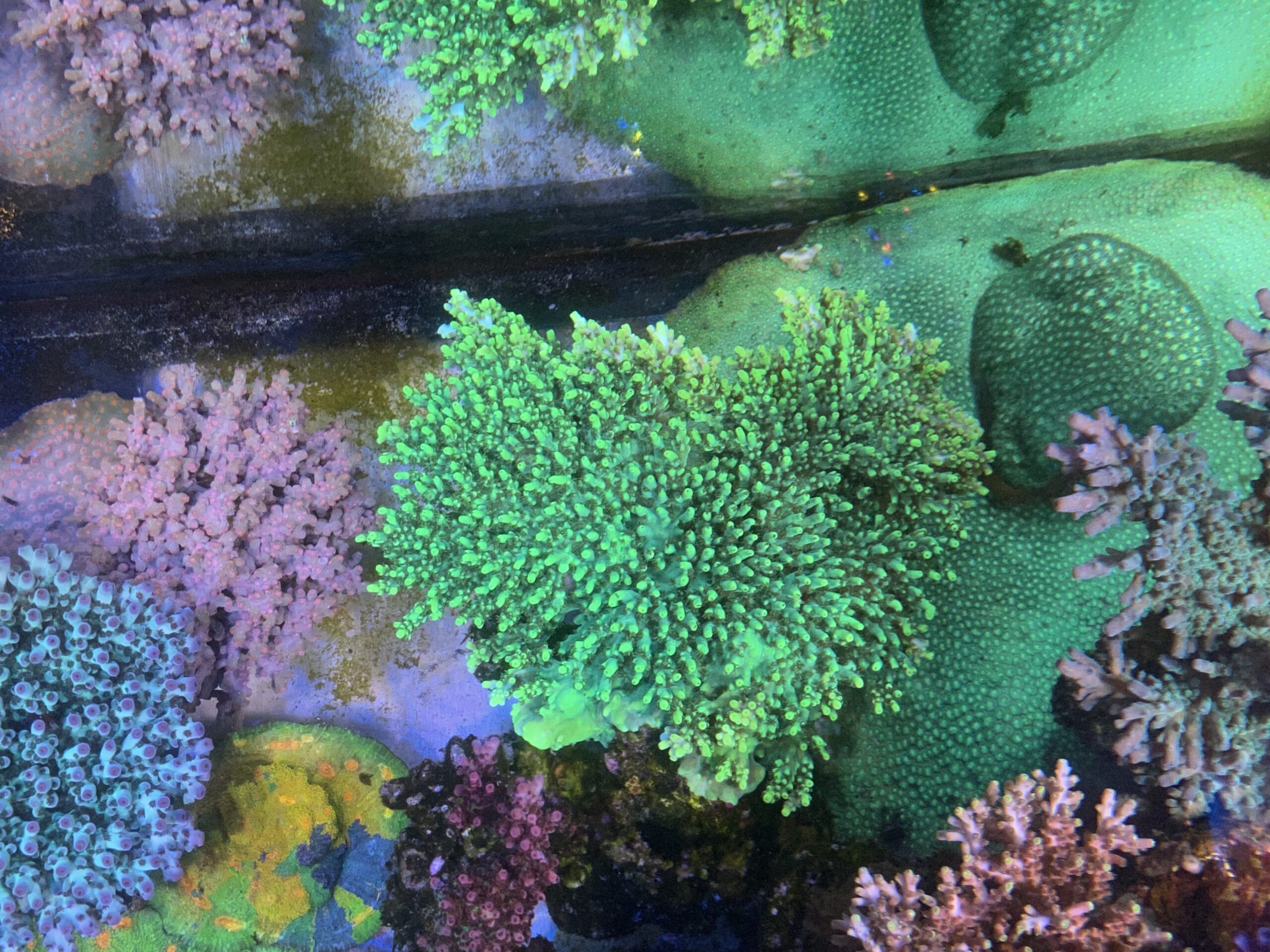
The Balling Method
The first method to be considered is the Balling or individual item dosing method, where a fixed amount of buffer, calcium, and magnesium are added throughout the day via dosing pumps. This method has been in use for at least thirty years after being developed in Germany.
In this method, small dosing pumps add small doses of buffer for alkalinity, calcium, and magnesium to keep the tank stable and solve the problem. And using this method is indeed the choice of many. This method is straightforward, in that once you start dosing these elements daily regular testing is done, so that the exact amounts of these elements needed daily can be determined.
With the dosing pumps now available once the amount of everything is determined it can be split up so that small amounts are added throughout the day. I have found that adding small amounts often is superior to adding large bolus dosings, which is what we used to do.
I have seen this have huge benefits in the tank of Julian Sprung. In his tank, the elements are added in tiny amounts in ten-minute increments to keep the tank as stable as possible. In his tank both the growth and the coloration of his corals are second to none and part of it is no doubt due to this dosing regimen.
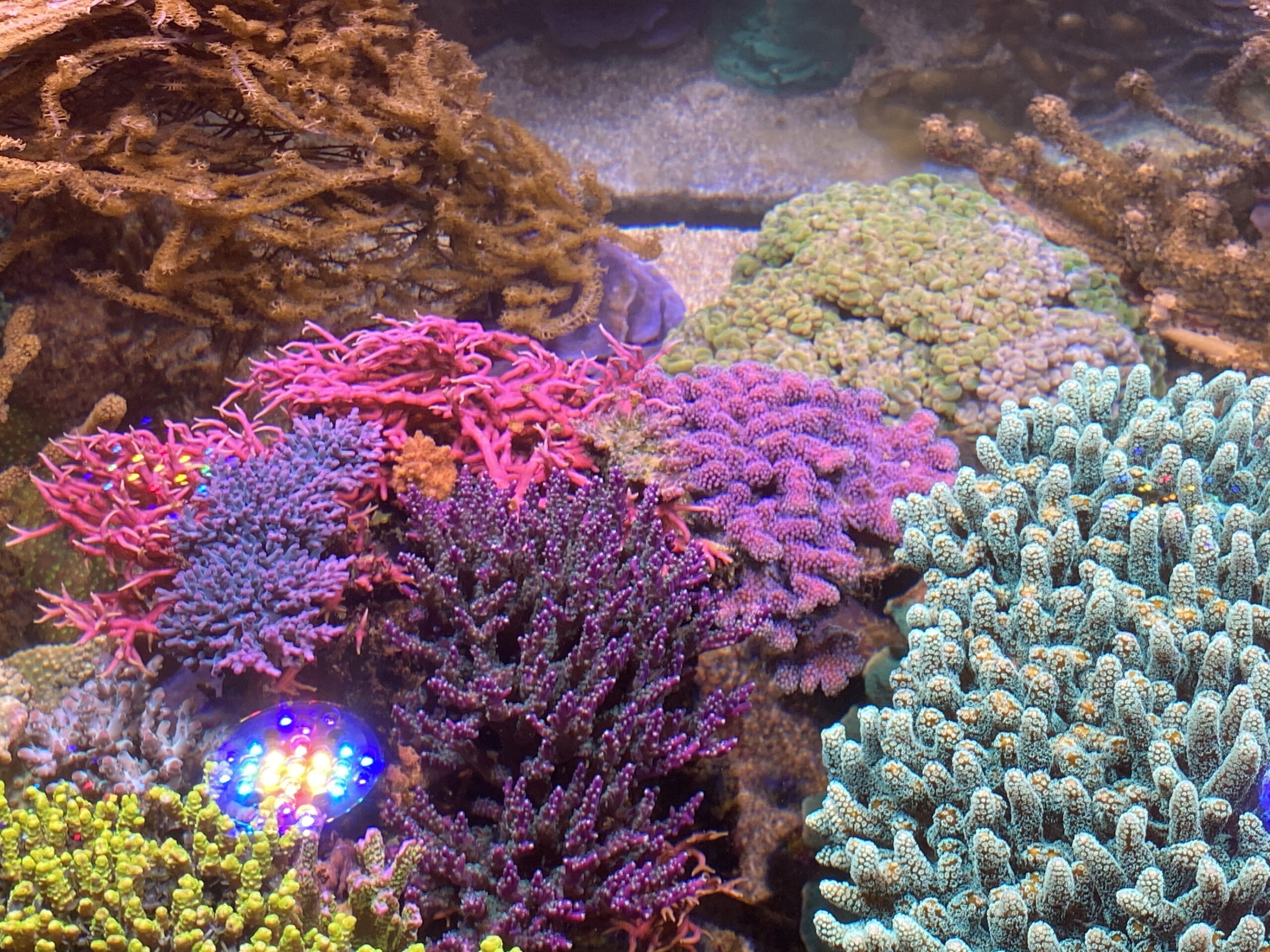
The pros and cons of auto-dosing
This system is very simple to set up and use and is relatively inexpensive to both setup and maintain. The only problem with this method is that there is a need to either mix up big batches of these elements or to mix up small batches frequently.
I have found that small batches are better, as some elements tend to fall out of solution if the batch is too big and sits for any length of time. Also even with small batches of a gallon or less, it may be beneficial to stir the mixtures when they are half consumed.
Lastly, it is beneficial to get dosing pumps that allow for the amount in the compounds to be noted so that when a batch is near empty it will send an alert so that a new batch can be mixed up. If the solutions are not monitored one can run dry, leading to an imbalance and this can lead to stability issues.
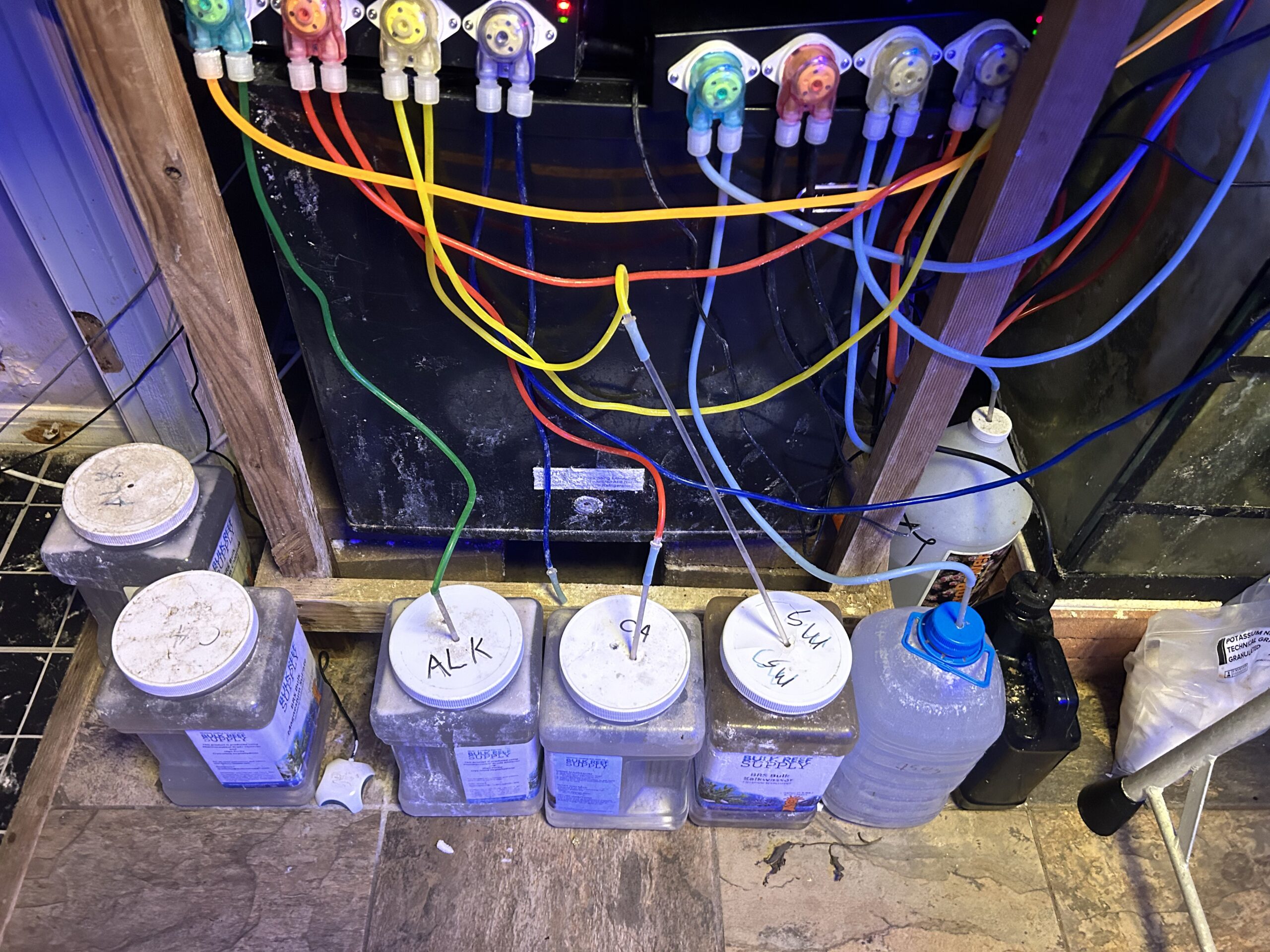
Calcium reactors
Another option for supplementing calcium and alkalinity is to use a calcium reactor, which adds calcium and buffer via a completely different methodology. In a calcium reactor, CO2 is pumped into a pressurized reactor containing calcareous media of some type.
In this low pH environment, the calcareous media dissolves and flows into the tank providing calcium, buffer, and in some instances magnesium. This method requires some tinkering as the flow rate through the reactor, the media, and the amount of CO2 entering the chamber can all affect the outcome.
There are now high-end versions of these reactors that monitor alkalinity as well as the pH in the reactor and make adjustments accordingly. In many instances these devices once set up properly are pretty much set and forget. But over time the alkalinity and calcium requirements of a tank can increase so regular testing and adjusting still needs to be done.
The choice of media can also have a significant impact on the outcome, with many users preferring to use dead coral skeletons or something similar as the alkalinity/calcium source.
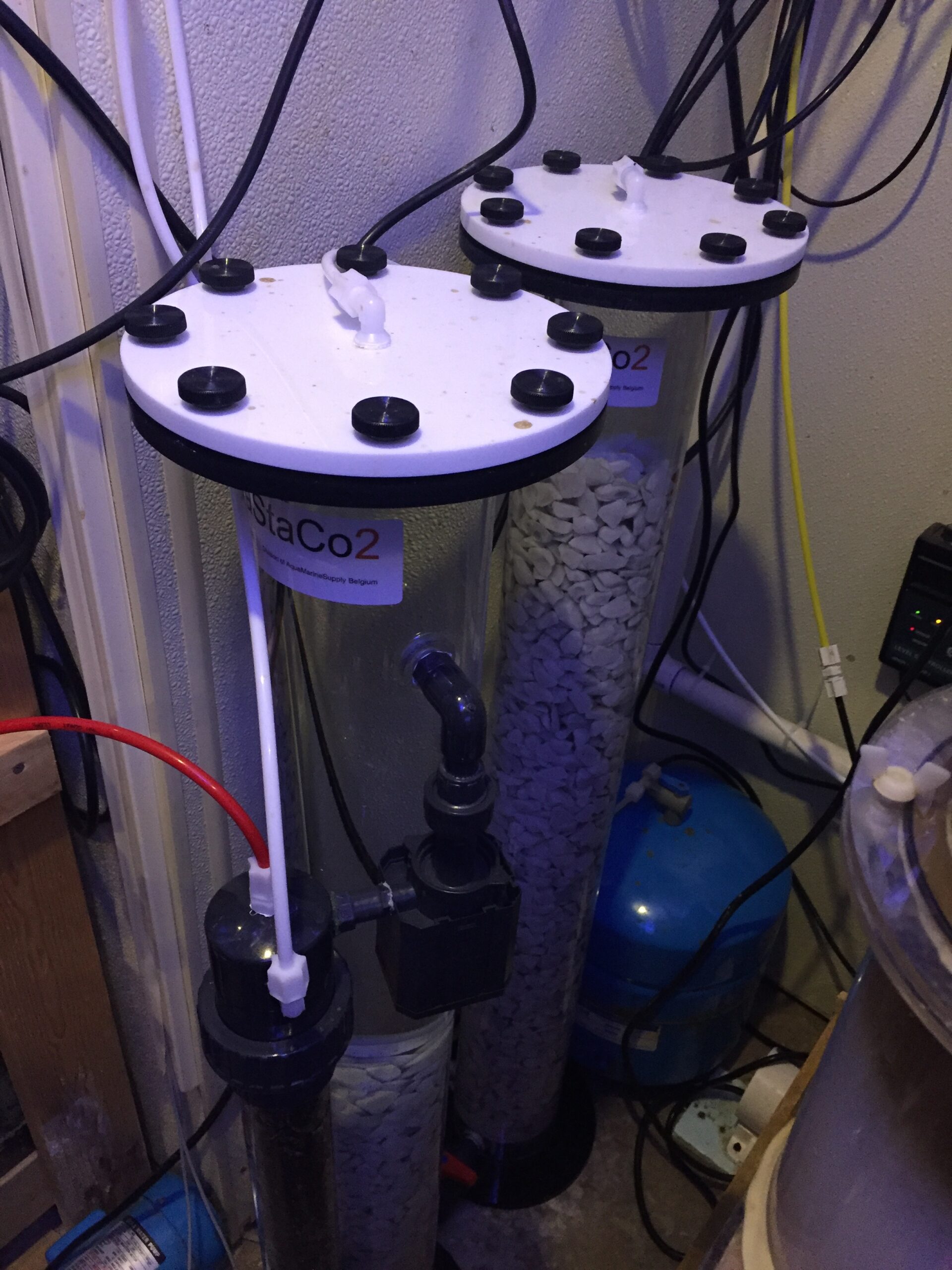
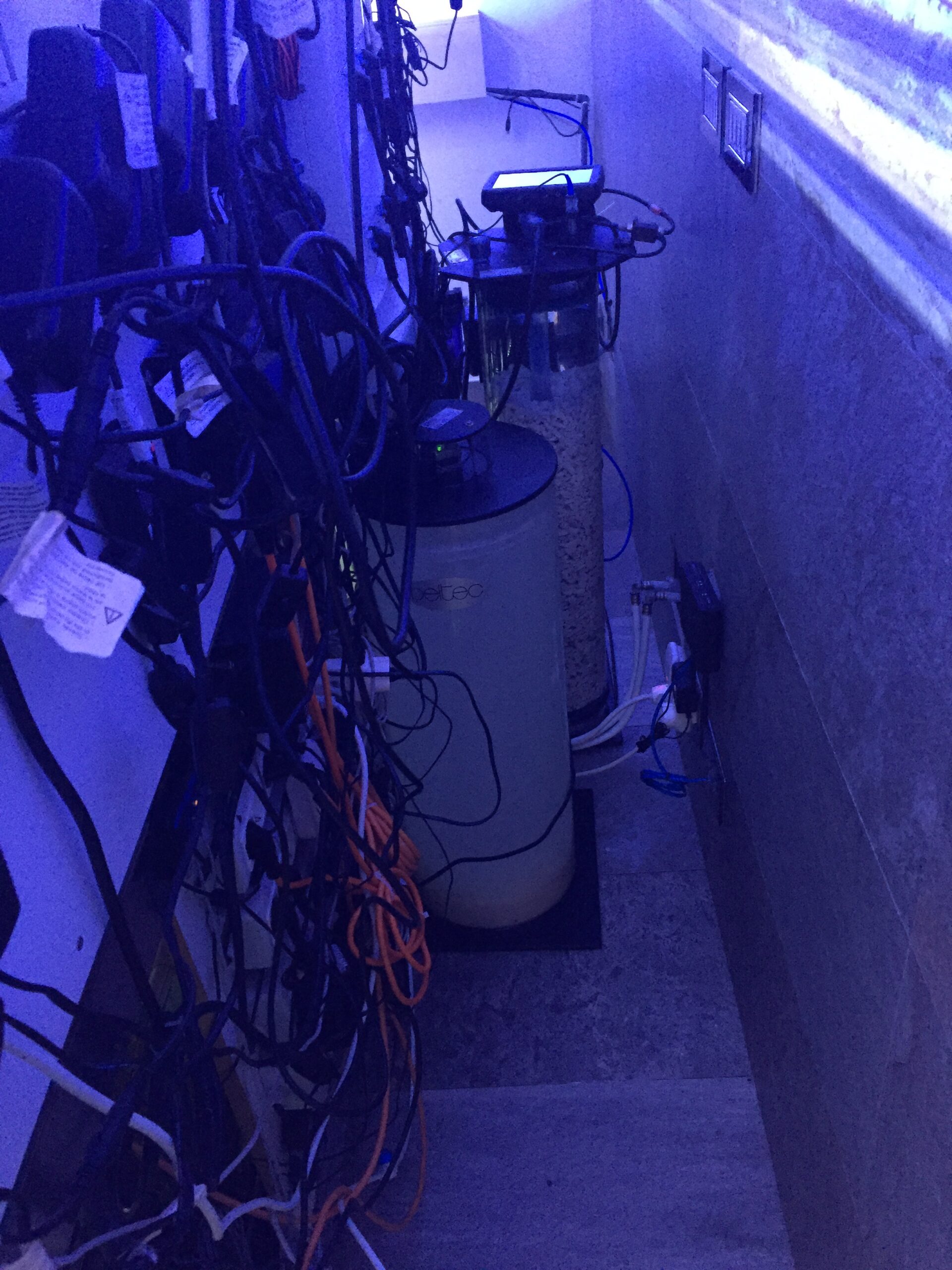
The pros and cons of calcium reactors
These reactors are the choice of many due to their ease of use once set up properly, but they are not without some issues. First, most calcium reactors are more expensive to purchase than a dosing pump-based system. These reactors also need to be completely cleaned and broken down and the media replaced.
This is necessary because in most reactors as the media breaks down it turns into a fine powder so over time this collects in the bottom of the reactor and turns into sludge, which greatly reduces the efficiency of the reactor.
Also when choosing a reactor a two-chamber reactor is preferable to a single chamber as the second chamber acts to reduce the amount of low pH water flowing into the tank by having the media flow over a second bed of calcareous material to raise the pH level of the effluent going into the tank.
Lastly, most reactors have several moving parts and tubing and all of this needs to be maintained and replaced on a regular basis. None of this is very difficult, but these factors need to be considered when choosing which method is best for you.
In both of these methods adding calcium and buffer are their primary focus, while adding magnesium, which is also an important element, is secondary. When using the Balling method and dosing pumps, dosing magnesium is as simple as adding a third dosing pump and adding it, after assessing how much is being consumed.
Similarly, when using a calcium reactor media can be added along with the primary media. Usually, the amount of magnesium whether media or compounds in the doser is much less than what is used for alkalinity or calcium supplementation. Despite not needing to add much or add it often magnesium should still be tested for regularly, at least once a week.
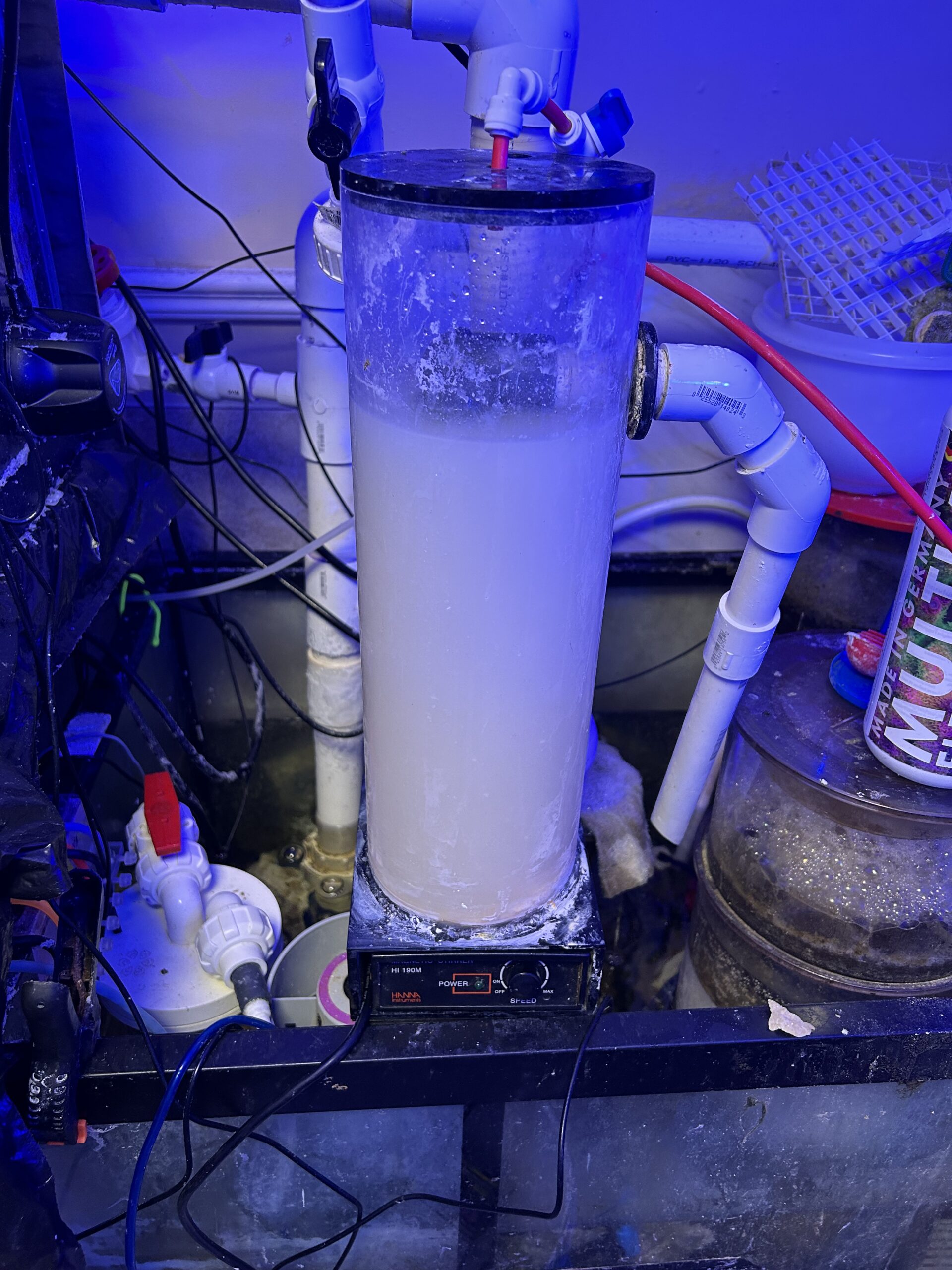
Monitors
The importance these compounds have in a tank’s success has led to monitors coming to market that allow for almost constant monitoring. While this may seem extreme, I have found better success in my tanks when the alkalinity and calcium are measured frequently.
In my main display, this monitoring tests the alkalinity every four hours and the calcium level is tested daily. Since I have gone to this frequent monitoring which has also led to greater stability in the tank the health and growth of the corals has increased significantly.
While our understanding of the role that alkalinity, calcium, and magnesium have on our coral’s health has increased substantially over the last three decades, as has our ways to dose it, I would be remiss if I did not mention that in addition to these dosing methods, several successful hobbyists have also gone back to adding kalkwasser as an addition to these methods.
This is mainly being done to increase the pH level in the tank, but it also has an effect on the other compounds being added and this needs to be considered if it is added.
Understanding the role that alkalinity, calcium, and magnesium play in a reef tank and its inhabitant’s health is one of the most important aspects of keeping a successful reef tank and obviously is much more than discussed here.
It should be noted that the reason why the numbers for these compounds fall into a range rather than there being specific numbers is that the numbers for each tank will vary according to that specific tank’s requirement.
Unfortunately, it will take some trial and error in order for it to be determined exactly what these numbers need to be in order for the tank to thrive. As with everything in this hobby, this takes time and patience, do not try to rush it, and do not chase numbers.


